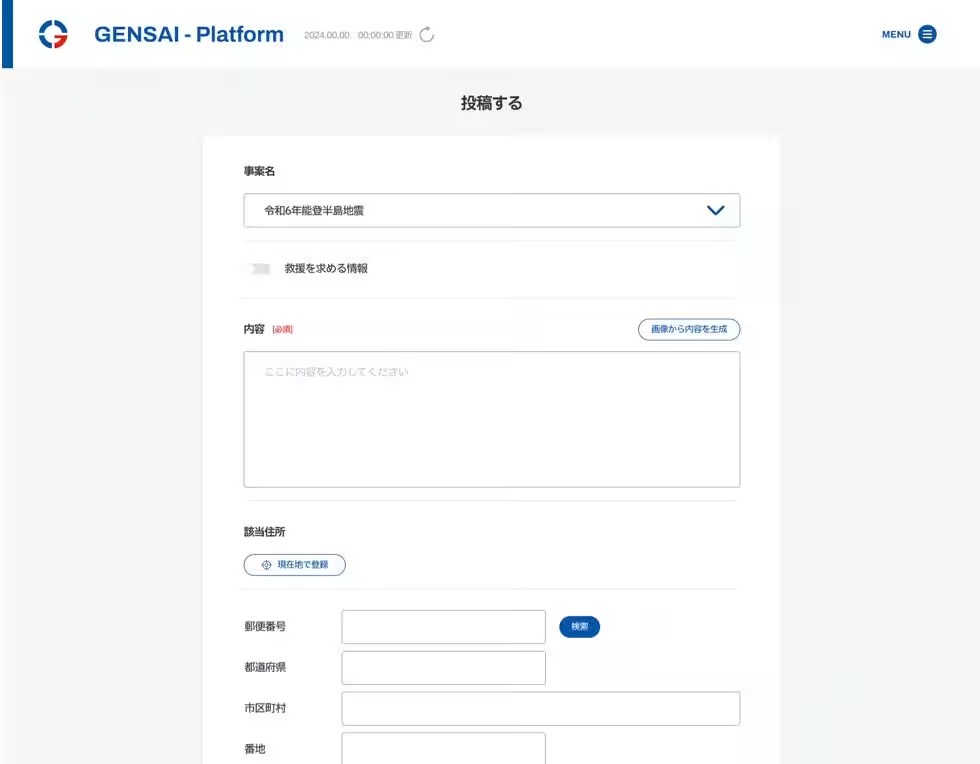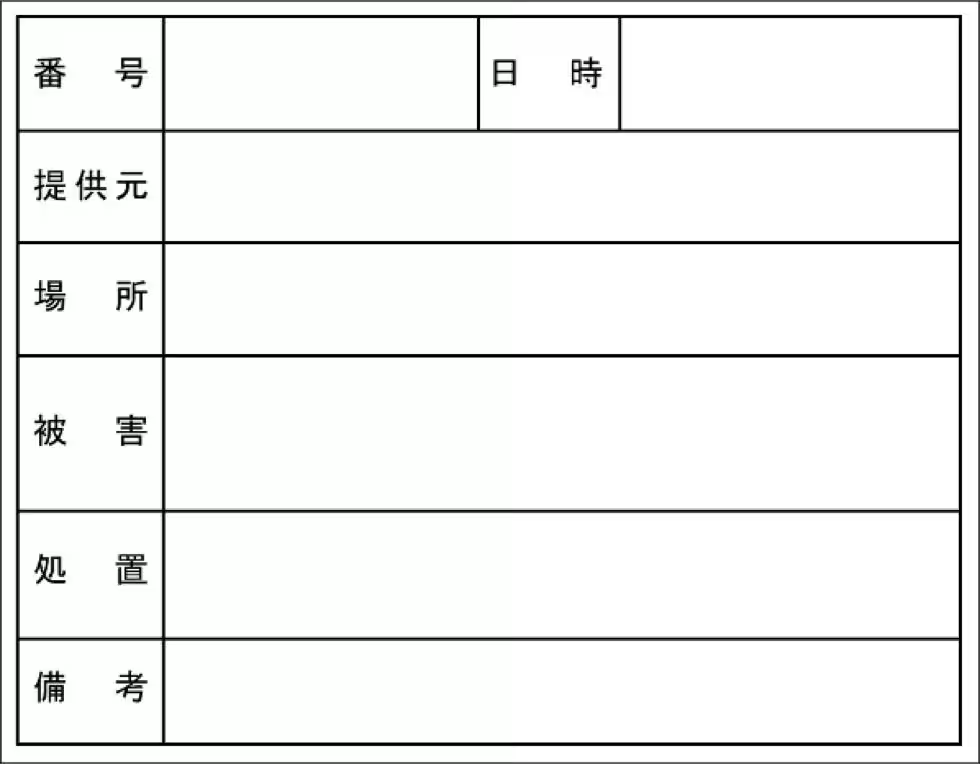

Evaluating the Impact of Digital Transformation on Disaster Response Efficiency
Transforming Disaster Response: From Pen and Paper to Digital Solutions
In March 2024, Disaster Mitigation Solutions Co. conducted a groundbreaking disaster response training exercise in collaboration with Kikuyo Town, Kumamoto Prefecture, simulating a large-scale earthquake. This initiative aimed to quantitatively evaluate the effectiveness of integrating digital transformation (DX) into disaster response operations, contrasting traditional analog methods with modern digital solutions.
Background of the Training Initiative
Japan has experienced frequent natural disasters, including earthquakes and heavy rainfall, making it essential for local governments to manage a substantial influx of information from victims and related organizations during crises. Traditionally, many municipalities have relied on analog systems—utilizing paper and pen—to record and evaluate these reports. This method often leads to discrepancies in data accuracy due to varying recording capabilities and the chaotic flow of information during high-pressure situations.
Kikuyo Town has actively pursued enhancements in disaster preparedness since the 2016 Kumamoto Earthquake and the heavy rains in July 2020. The focus of this training was to objectively demonstrate the benefits of transitioning from traditional methods to digital processes, addressing the inherent limitations of the analog approach. The hope is that this model can be adopted across various municipalities and organizations nationwide.
The Training Format: A Comparative Analysis
During the training, participants simulated receiving around 40 disaster and evacuation reports within approximately 20 minutes, capturing the urgency of post-earthquake scenarios. Three designated roles were established: information collectors, report operators, and decision-makers. Each stream of information was channeled accurately through these roles, replicating the critical early periods of disaster management.
The training included both the analog method, which relied solely on paper, and a digital approach leveraging Disaster Mitigation Solutions’ developing application, GENSAI-Platform™. Each method was assessed based on completeness of information, occurrence of recording errors, and speed from data reception to decision-making.
Findings of the Training: Unveiling the Shortcomings of Analog Operations
The results from training highlighted significant risks associated with the analog method. Around 30% of information was lost during processing, with critical transcription errors occurring, such as mistaking a senior citizen's fall as that of a five-year-old child. In addition, essential details like timestamps or reporter identification were often omitted. Such findings affirm previous concerns about the early confusion that plagues the aftermath of disasters across the nation.
Ideally, all information in disaster scenarios should be organized in chronological order. However, in the analog scenario, only 18% of the information could be adequately organized, demonstrating a severe limitation in the ability to maintain a comprehensive situational understanding.
Solutions Through Digital Transformation: Reducing Errors and Response Times
Conversely, the digital method achieved near-zero information omissions. Due to the capability to automatically capture timestamps and contributors, multiple personnel could input data concurrently, significantly streamlining the rate at which information could be processed and decisions formulated – noted to be reduced by up to 20%. This marked improvement not only validated the quantitative assessment of previous exercises but also showcased the objective benefits of integrating DX into disaster response practices. Feedback from participants indicated that the digital approach eliminated redundancy and allowed instantaneous access to information, facilitating smoother decision-making processes.
Enhanced Understanding and Engagement of Disaster Response Staff
A post-training survey among Kikuyo Town officials revealed a marked increase in confidence regarding their ability to manage disaster information when compared to their pre-training assessments. Specifically, confidence in comprehending disaster information processing systems jumped from an average of 2.15 to 4.53 on a five-point scale. Additionally, their self-evaluation of their capability to oversee practical operations also saw notable improvement.
Participants expressed sentiments regarding how digital tools enabled quicker information sharing, making it easier to grasp the overall situation. The training fostered a sense of ownership and confidence in effectively managing duties during an actual disaster event.
Future Prospects: Aiming for Standardization in Disaster Response Through DX
Disaster Mitigation Solutions Co. intends to broaden its efforts based on the training outcomes in Kikuyo Town, systematically identifying analog operation challenges in municipalities and organizations nationwide and proposing actionable strategies for adopting digital practices. Establishing a reliable system that accurately manages disaster information is crucial for responding effectively to increasingly severe natural events, including earthquakes and heavy rains. The goal remains to enhance disaster preparedness throughout Japan.
Conclusion
The detailed evaluation data for the training, along with specific analyses of challenge areas, will be compiled by Kikuyo Town and made available on its official website. This report will serve as a valuable resource for disaster preparedness officials and crisis management personnel across Japan, providing practical insights for future large-scale disaster responses.
For more information about Disaster Mitigation Solutions Co., visit our website.



Topics Policy & Public Interest)










【About Using Articles】
You can freely use the title and article content by linking to the page where the article is posted.
※ Images cannot be used.
【About Links】
Links are free to use.